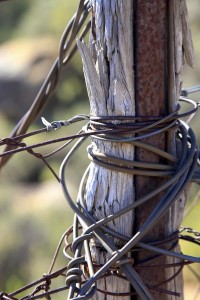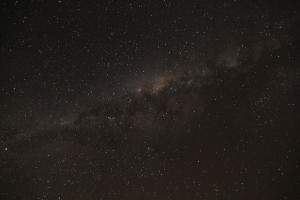 Just outside of Sutherland, South Africa, a small town like so many others yet recovering from the effects of the apartheid era, lies the primary site of the South African Astronomical Observatory (SAAO).
Just outside of Sutherland, South Africa, a small town like so many others yet recovering from the effects of the apartheid era, lies the primary site of the South African Astronomical Observatory (SAAO).
At 1800 meters elevation, this plateau hosts a wide variety of observatories, including Africa’s largest telescope, SALT (South Africa Large Telescope). The area surrounding the site is an extension of the Greater Karoo desert, in the high western Roggeveld Mountains.
Astronomers visit the SAAO Sutherland site from around the world. The U.S., Germany, France, Poland, Korea, Australia, Japan and many more are annually represented.
As with all professional astronomical sites, distance from large cities and light pollution is imperative. This lends itself to a place that can be challenging for those who feign relative isolation, and a safe haven for those who crave places where man-made inventions do not overwhelm the senses.
 Today, my first day on site, I packed a bottle of water, jacket, and camera and set out on foot to explore. The upper reaches of the site feed a wide water drainage. To one side of the shallow canyon there exists a broken sandstone canyon wall which caught my attention last year, when conducting interviews for “The Explorers“.
Today, my first day on site, I packed a bottle of water, jacket, and camera and set out on foot to explore. The upper reaches of the site feed a wide water drainage. To one side of the shallow canyon there exists a broken sandstone canyon wall which caught my attention last year, when conducting interviews for “The Explorers“.
What I discovered brought me back to who I am, camera in hand, watching, listening, discovering. Lichen, moss, armoured locusts, and piles of bones. The rusted wire fence lines alone captured my attention for half an hour. The warm sun and brisk wind did battle for command of the weather while I oscillated between overheating and feeling chilled despite my thermal layer.

Where the wind-blown, sun-baked desert
meets myriad firey stars,
A yet stagnant, earth-bound species
contemplates worlds it may one day explore.








